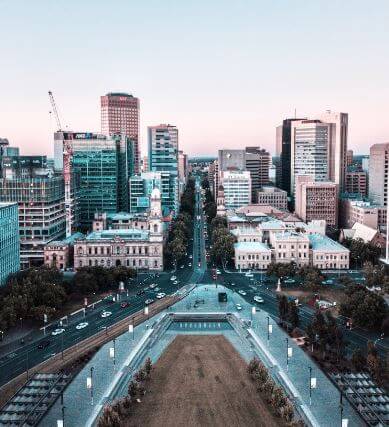It was widely assumed the run of interest rate increases would cap housing market growth. ANZ was one that predicted the Australian housing market would contract in 2023.
After a 4.8% decline in Australia’s mean dwelling price in 2022, in February 2023 Commbank was predicting a further 10% fall before the bottom.
That was, in fact, already the bottom. In May 2023, the AFR remarked on what it called “the surprising resilience” of house prices. By the end of 2023, house prices had risen by 8.3% nationally.
That trend has not shown signs of stopping in January 2024. Nationally, the average dwelling price rose by 0.4% last month.
National figures, however, have been masking significant differences state-by-state.
State-by-State Housing Market Differences Remain Significant
The cost of Melbourne housing dropped by 0.2% from November to the end of 2023, while Sydney prices rose just 0.2% in the same period. The trend of a small decline in Melbourne and small increase in Sydney continued in January 2024.
In contrast, the cost of housing in Perth rose by 5.1% in the final quarter of 2023. In the same period, housing in both Adelaide and Brisbane increased 3.7%.
In January, Brisbane housing climbed a further 1%, alongside a 1.1% increase in Adelaide and 1.6% in Perth.

This suggests the 400,000 migrants who arrived in 2023, and who disproportionately move to Sydney and Melbourne, are playing a role in setting prices at the margins.
Longer-term, a low in building approvals in January 2024 suggests there is no major change to affordability on the horizon. Construction costs also continue to rise, although less sharply now that in the immediate aftermath of COVID.
But again, construction costs and the time for development application approval are more significant barriers in New South Wales and Victoria than in South Australia, Queensland and WA.
This two-speed housing market dynamic seems likely to continue in the medium-term.
Thumbnail image courtesy of @samwayco via Unsplash.
Sign Up To Our Free Newsletter